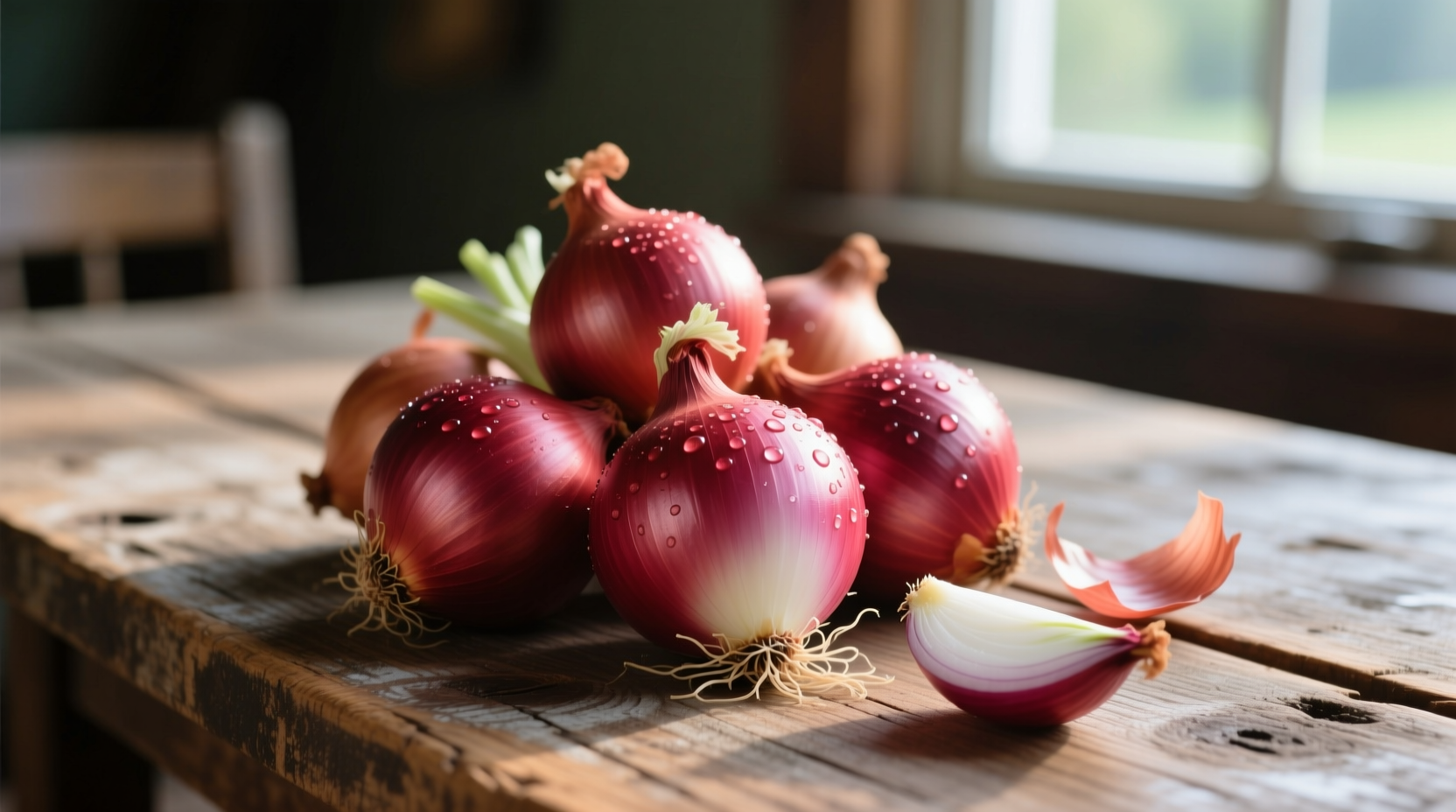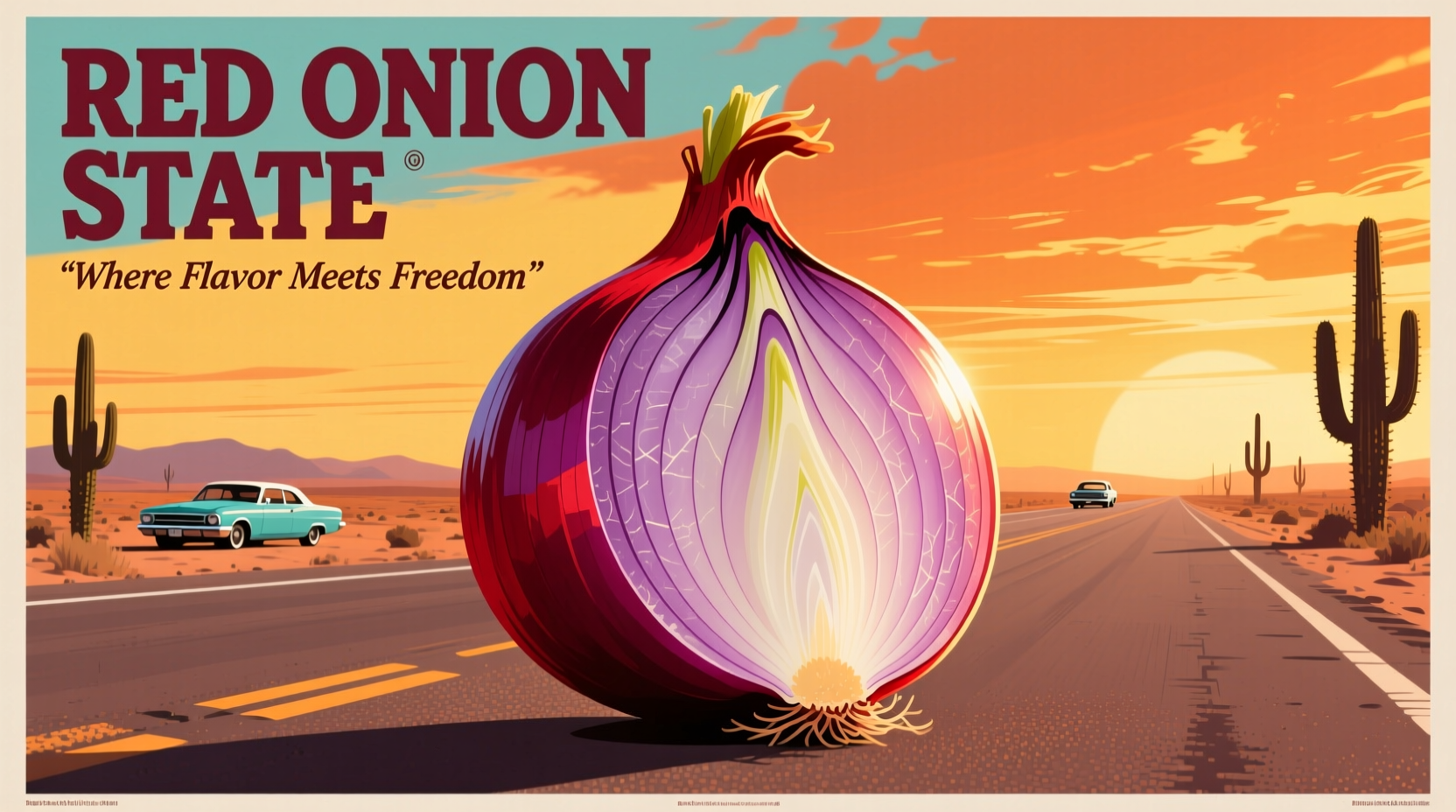Why Washington Dominates U.S. Red Onion Production
When you reach for crisp red onions at your local grocery store, there's a high probability they originated from Washington's fertile fields. The state's agricultural advantage stems from geological and climatic factors that create perfect onion-growing conditions. Unlike sweet onion varieties that require specific soil compositions, red onions thrive in Washington's deep, well-drained silt loam soils formed from ancient glacial deposits.
| Top Red Onion Producing States | Annual Production (Pounds) | Percentage of U.S. Total | Primary Growing Regions |
|---|---|---|---|
| Washington | 1.2 billion | 35% | Walla Walla Valley, Columbia Basin |
| California | 950 million | 28% | Imperial Valley, San Joaquin Valley |
| Texas | 500 million | 15% | South Texas, Winter Garden Area |
| Georgia | 300 million | 9% | South Georgia |
Data source: USDA National Agricultural Statistics Service (2023)
From Field to Table: The Washington Red Onion Advantage
Washington's red onions stand apart due to their distinctive flavor profile and culinary versatility. While many consumers associate Georgia with onions (thanks to Vidalias), that state primarily produces sweet yellow varieties. Washington's red onions offer a perfect balance of sharpness and sweetness that intensifies when cooked, making them ideal for both raw applications and caramelization.

How Washington's Climate Creates Superior Onions
The state's arid eastern region provides the critical growing conditions that distinguish Washington red onions:
- Temperature variation: Daytime highs around 85°F (29°C) with nighttime lows near 55°F (13°C) promote sugar development while preventing excessive pungency
- Irrigation control: Precise water management through the Columbia Basin Project ensures consistent moisture without waterlogging
- Soil composition: Volcanic ash deposits create mineral-rich, well-drained soils that prevent rot while enhancing flavor compounds
- Growing season length: Approximately 120 days from planting to harvest allows for optimal bulb development
Washington Red Onion Timeline: From Regional Crop to National Staple
The evolution of Washington's red onion industry demonstrates strategic agricultural development:
- 1940s: Limited red onion cultivation begins in the Columbia Basin following irrigation infrastructure development
- 1970s: Introduction of improved red varieties like 'Redwing' and 'Red Zeppelin' increases yield and storage potential
- 1990s: Washington surpasses California as the leading red onion producer due to superior storage capabilities
- 2005: Implementation of the Washington State Red Onion Marketing Order standardizes quality and grading
- 2020s: Washington red onions now represent over one-third of all U.S. red onion sales, with exports to 15+ countries
Data source: Washington State Department of Agriculture
Practical Guide: Selecting and Using Washington Red Onions
When shopping for red onions, look for these quality indicators specific to Washington-grown varieties:
- Selection: Choose firm bulbs with dry, papery skins and no soft spots. Washington red onions typically have deep purple-red skin with white to pale purple rings
- Storage: Keep in a cool, dark place with good air circulation. Washington red onions store exceptionally well—up to 4 months at 32-35°F (0-2°C) with 65-70% humidity
- Culinary applications: Their balanced flavor works well in both raw and cooked preparations. Try them in salsas, grilled dishes, or caramelized for burgers
When Washington Red Onions Might Not Be Your Best Choice
While Washington dominates production, certain culinary applications might benefit from alternatives:
- For extremely mild applications: Vidalia onions from Georgia offer sweeter, less pungent flavor profiles
- For immediate consumption: Locally grown red onions may offer fresher options depending on your region and season
- For specific regional dishes: Mexican cuisine often features locally grown varieties with distinctive flavor characteristics
Understanding the Economic Impact
Washington's red onion industry supports over 5,000 agricultural jobs and generates approximately $300 million annually for the state economy. The Washington State Red Onion Commission invests in research to improve disease resistance and storage capabilities, ensuring consistent quality for consumers nationwide. Recent studies from Washington State University show that the state's red onion varieties contain 15% higher anthocyanin content than average, contributing to both their vibrant color and antioxidant properties.











 浙公网安备
33010002000092号
浙公网安备
33010002000092号 浙B2-20120091-4
浙B2-20120091-4